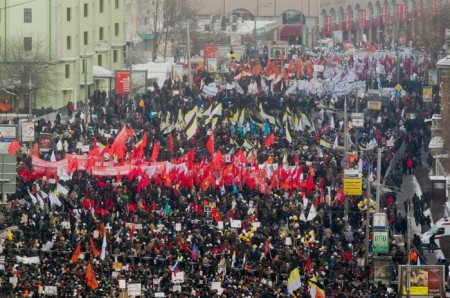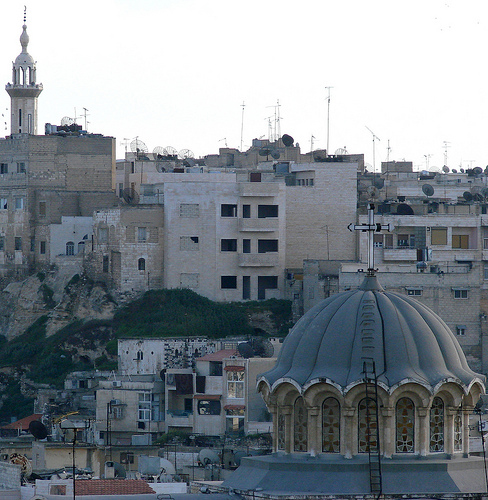
BERLIN – Syrian opposition activists regularly express disappointment with the level of international support that they receive. Although the last meeting of the so-called “Friends of Syria” (a group of countries that convenes periodically to discuss Syria’s situation outside of the United Nations Security Council) brought more financial aid, the degree of genuine outside commitment to their cause remains questionable.
The United States, the European Union, Turkey, and most Arab countries agree that Syrian President Bashar al-Assad’s regime is no longer legitimate. They have intensified sanctions against the government, and have provided different kinds of support to opposition groups. Some states have delivered automatic weapons, ammunition, and rocket-propelled grenades. But arms deliveries have dried up, and the rebels’ pleas for anti-aircraft weapons remain unanswered.




